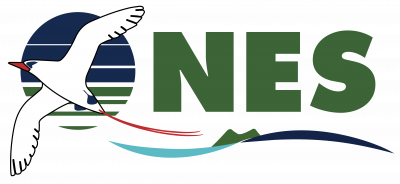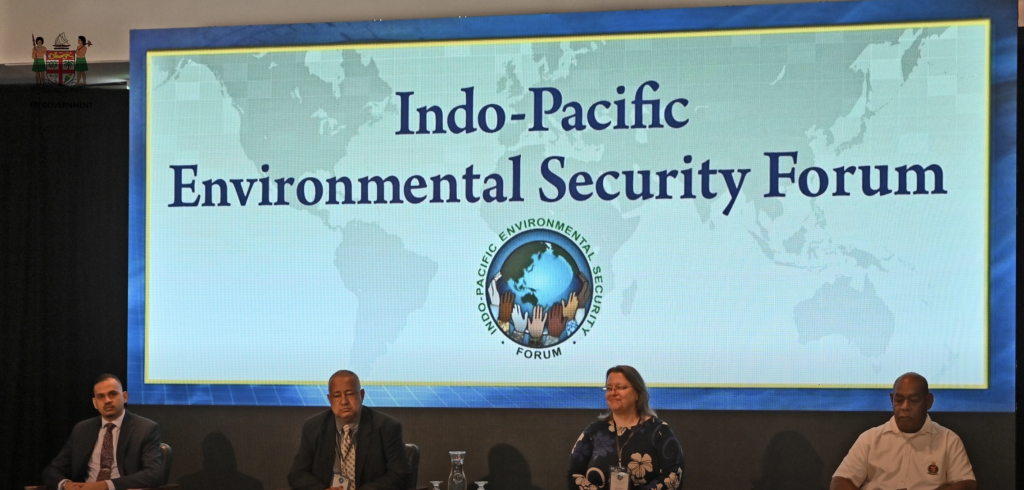With the increasing global sea level posing a significant concern, Pacific Island Countries and Territories face a pressing challenge. Phillip Strickland, NES Senior Environment Compliance Officer, recently attended the conference ‘Adapting Coastal Cities and Territories to Sea Level Rise in the Pacific” in Fiji.
The Secretariat of the Pacific Regional Environment Programme (SPREP) and the Pacific Climate Change Centre (PCCC) facilitated the exchange of experiences, best practices, and solutions for addressing sea level rise in coastal urban areas across the Pacific Island Countries and territories. The workshop brought together a diversity of stakeholders involved in coastal adaption to sea level rise across the region.
According to the Intergovernmental Panel on Climate Change’s (IPCC) Sixth Assessment Report (AR6), sea level rise is expected to cause significant negative impacts on small islands and combined with extreme flooding events, could threaten the future livelihoods of Pacific coastal communities. The main settlements of small islands are located along the coast and with decades of high-density coastal urban development, their population, buildings and infrastructure are currently exposed to multiple climate change-related hazards and face numerous risks.
Beyond technical measures, adaptation options to face sea level rise may include land use planning, disaster risk management, coastal ecosystem-based adaptation, community-based adaptation initiatives, designing and implementing dynamic adaptive pathways, etc.
Phillip Strickland highlighted the field visit to the Sigatoka Sand Dunes National Park. The visit offered valuable insights into the park, the rangers work and the ongoing KIWA project ‘Building Coastal Resilience- through Reforestation, Invasive management actions and Heritage in Young Hands Program- for the Sigatoka Sand Dunes ecosystems. Additionally, the workshop explored into the significance of integrating local and traditional knowledge for coastal ecosystem-based adoption measures, specifically focusing on restoring sands using local materials and replanting native trees to mitigate coastal erosion and revitalise the marine ecosystem







